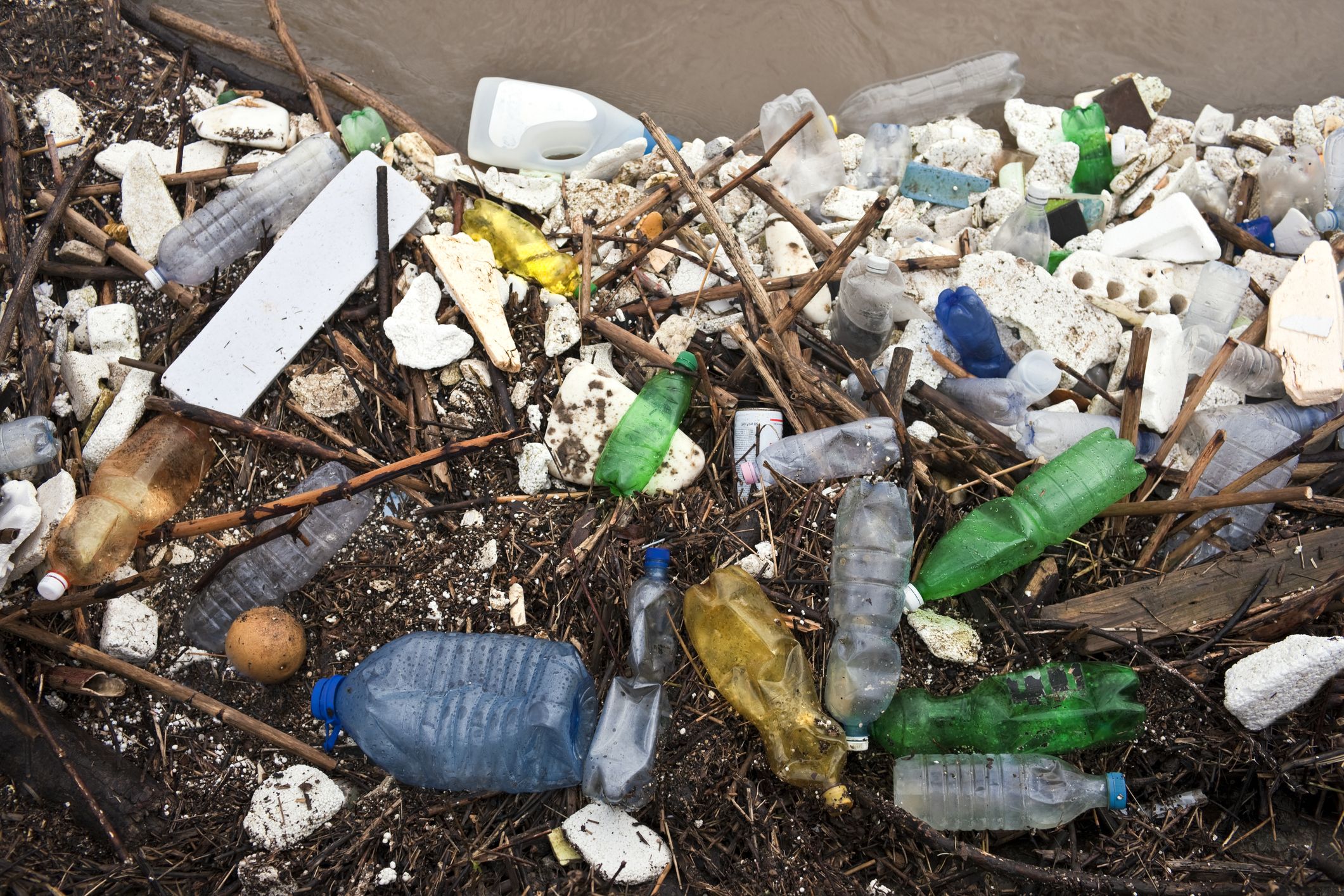On Friday, Minister of Environment and Climate Change, Catherine McKenna, was joined by her provincial and territorial counterparts via teleconference for the annual meeting of the Canadian Council of Ministers of the Environment (CCME), discussing Canada’s response to plastic pollution.
Building on the momentum from Canada’s G7 presidency, federal, provincial, and territorial environment ministers agreed to push forward on a Canada-wide zero-plastic-waste strategy. The strategy outlines a vision to keep plastics in the economy and out of the environment through solutions to better prevent, reduce, reuse, and clean up plastic waste.
“Plastic pollution doesn’t know any borders. That’s why it’s so important that we tackle this problem together,” said McKenna. “We made important progress today with provinces and territories to protect our oceans and reduce plastic pollution in Canada.”
With its circular-economy approach, the strategy addresses plastics throughout their life cycle. This means:
- ensuring all plastic products and packaging are designed for greater durability, reuse, and recycling throughout the value chain;
- working with companies that make products containing plastics or using plastic packaging to shift responsibility to them for the improvement of plastic-waste collection, management systems, and infrastructure across Canada;
- expanding collection systems to keep all plastic products in the economy and out of the environment;
- significantly increasing the responsible use and recycling of single-use products;
- improving our understanding of the issue and solutions through research and innovation; and
- taking action to capture and remove the plastic litter found on shorelines and in nearshore waters.
Ministers agreed to continue to work over the coming year with all levels of government, Indigenous communities, industry, and other stakeholders to develop an action plan to implement the strategy for zero plastic waste.
“We all have a role to play in eliminating plastic waste. Canadians want to do more. We want to come up with new solutions and we want to change how we use plastics,” said Margaret Miller, Nova Scotia Minister of Environment and incoming CCME President. “This strategy recognizes the role we all must play to encourage new solutions.”
In 2014, every Canadian threw away on average 706 kilograms of waste. The Canada-wide aspirational waste-reduction goal adopted by the ministers will reduce this number by 30 per cent per person by 2030, with a 50 per cent reduction goal by 2040. This goal is designed to not only help protect the environment, air, and waterways, but to help generate market activity for jobs and to boost the GDP. It could also reduce greenhouse gas emissions by more than 15 million tonnes.
“With the longest coastline in the world and thousands of communities and wildlife that depend on our oceans, lakes and rivers, we need to beat plastic pollution together to ensure a healthy and prosperous future for our kids and grandkids,” said McKenna.
During the meeting, ministers also approved in principle a renewed memorandum of understanding for mutual aid for environmental emergencies. The Council continues to support collaborative work on shared environmental priorities, including air and water quality, climate change, and cumulative effects.
Minister McKenna has served as president of the Council since November 2017. The Government of Canada wished Nova Scotia well as incoming president of the Canadian Council of Ministers of the Environment for 2019.










So you want a solution to dealing with waste Plastic?
We have eight different types of plastics all of them are distinctly different. The only thing they have in comment is that they are all primarily make of natural gas.
In British Columbia we have bounties on all liqueur containers and most of the containers are collected and the bounties are paid by the collecting agencies. The system works in BC.
Lets do the same thing with all plastics!!
Put a bounty of say $2000/Tone or $1.00/Pound on all plastics paid by the manufacturer the collected plastic product then can be incinerated in power plants which normally use coal to burn. Air scrubbers Could be installed to clean the emissions and society would get the energy from the waste plastic.
Plastics could be collected from the seas in the form of drift net, floats, and other marine waste.
House hold waste , packaging, bags,
The wast has to have a dollar value and a home to go to this model has them all
Hi Gilbert,
Great ideas! Thank you for sharing. We hope that you’re able to work on these kinds of programs within our communities.
Best,
WC team